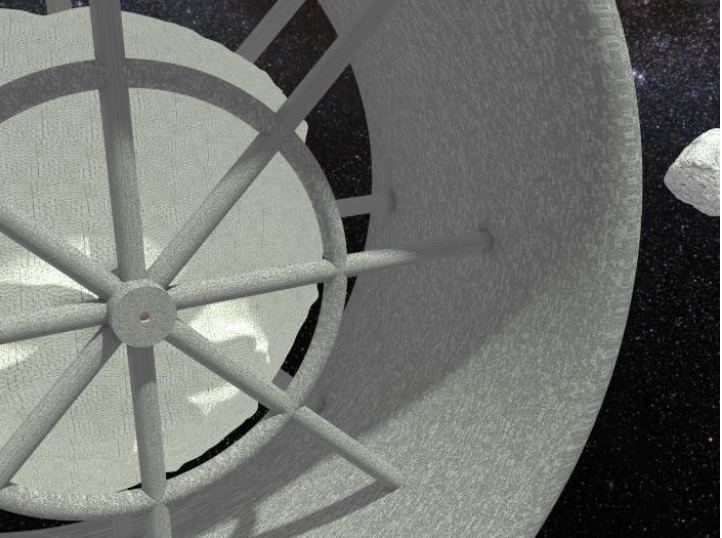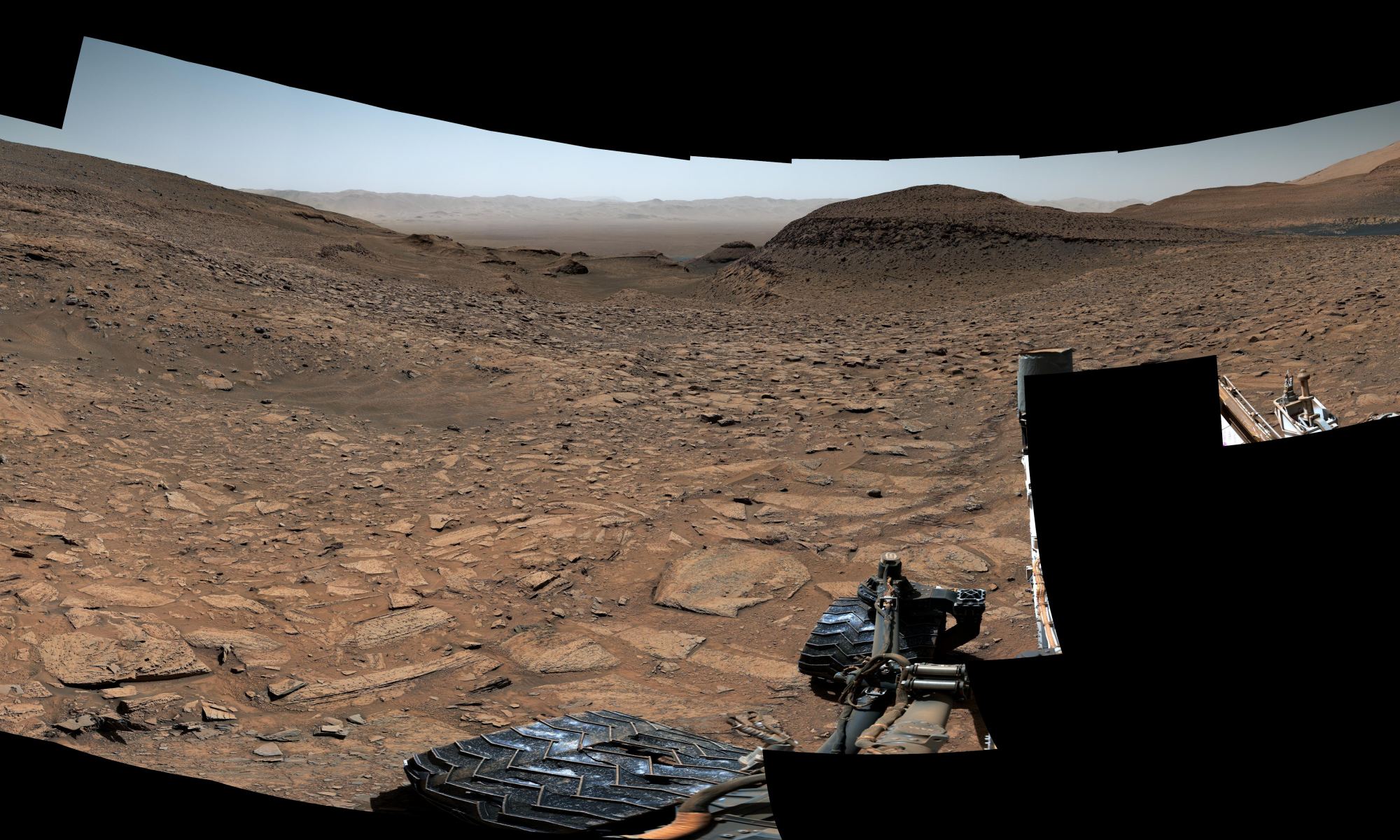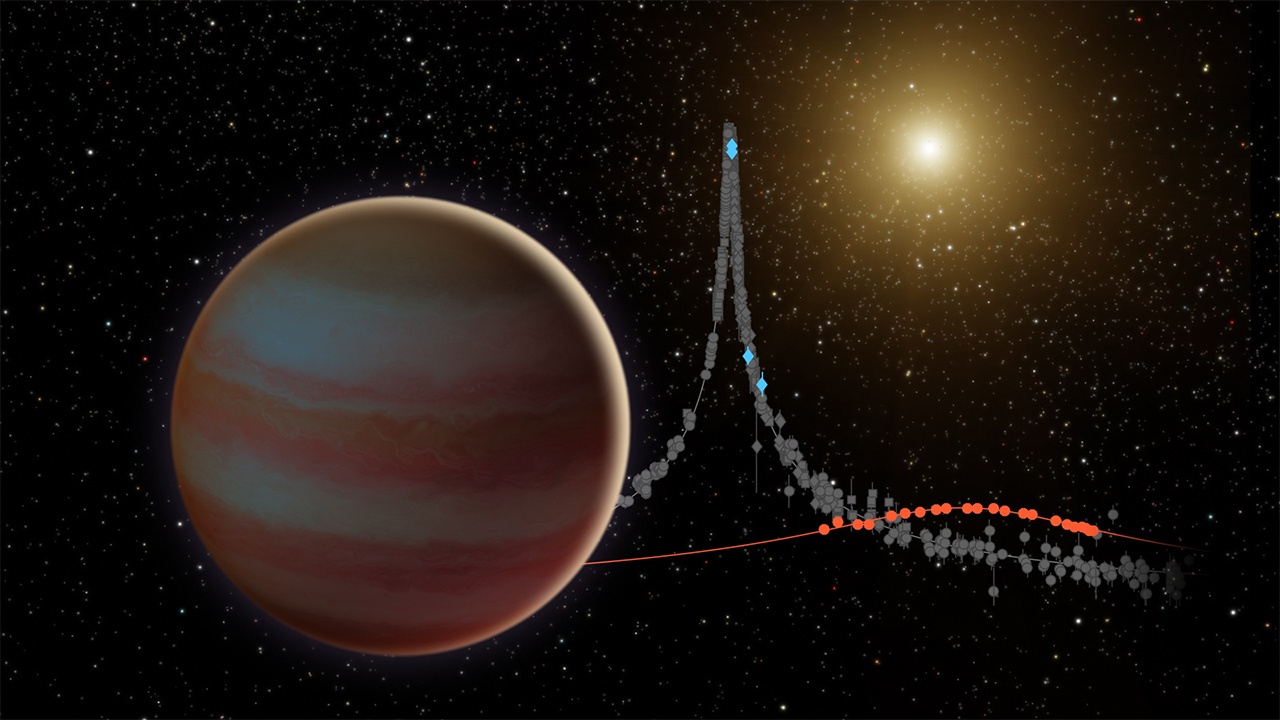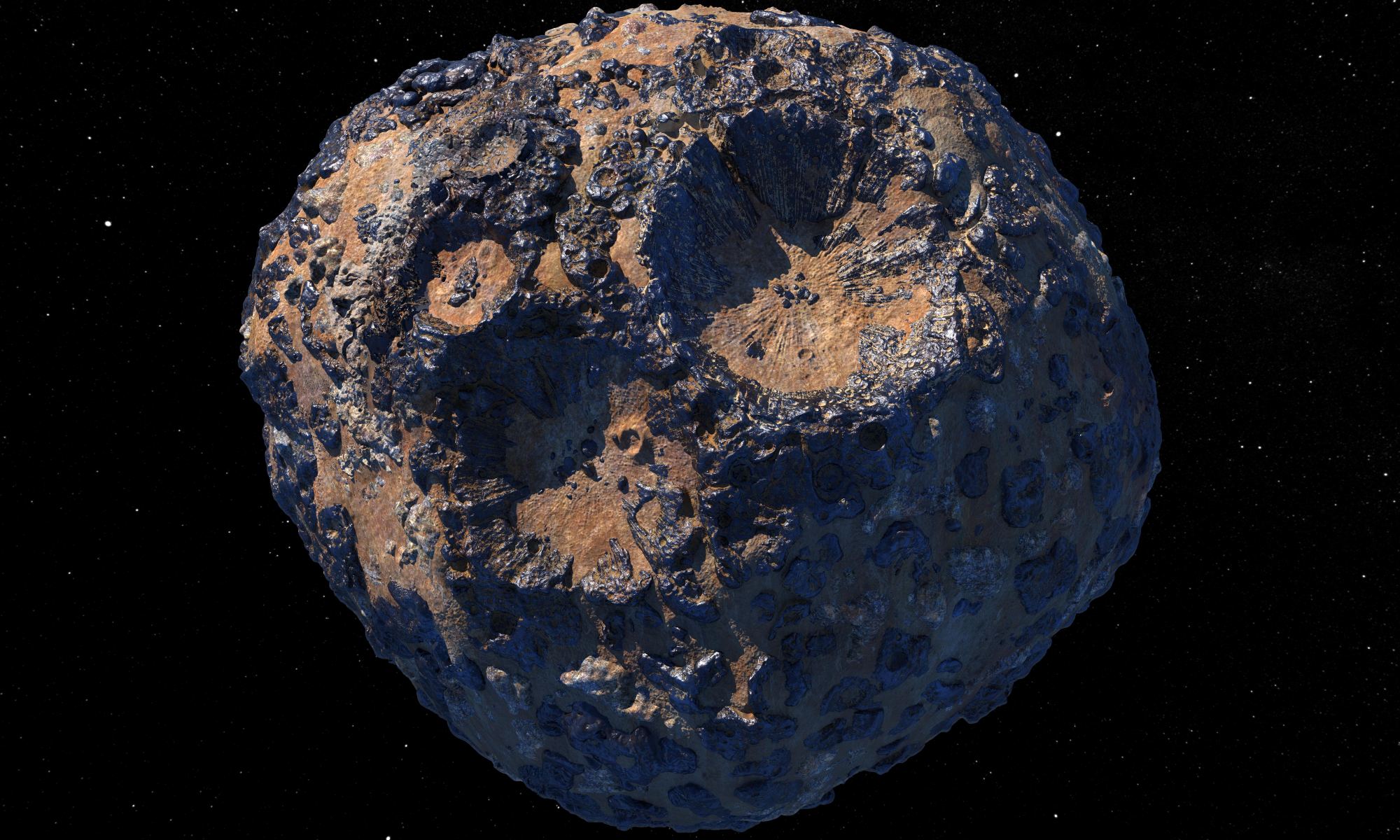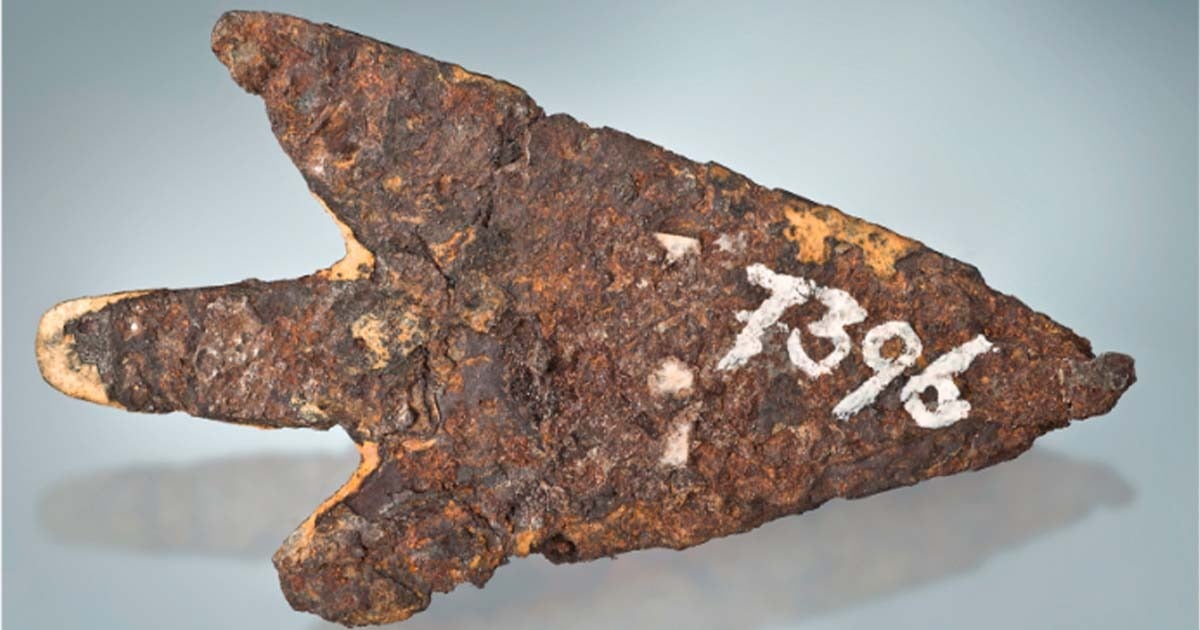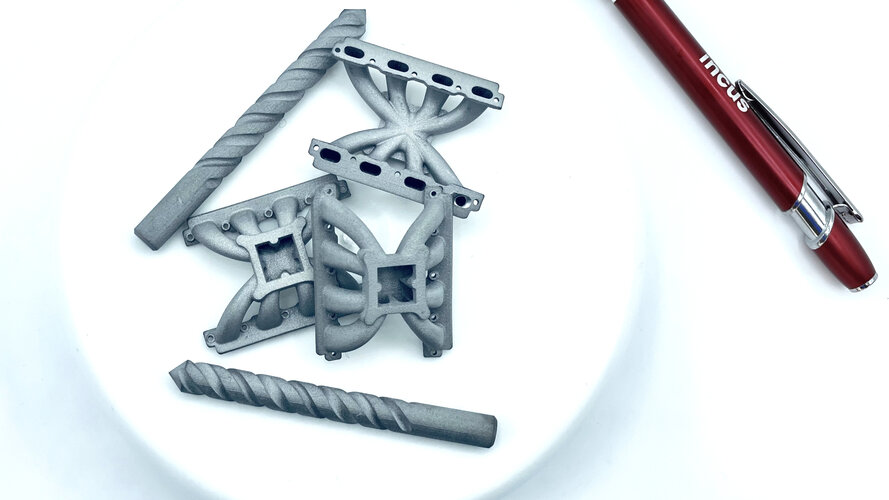Don’t miss one of the best meteor displays of 2023, as the Perseids peak this coming weekend.
Grab a lawn chair, bring a friend, a red light and lots of bug spray: the August Perseids are active this week going into the weekend. You won’t want to miss ‘em if skies are clear, as 2023 is a banner year for the Perseids, one of the sure-fire performers when it comes to meteor showers.
Continue reading “Why 2023 is a Great Year for the Perseid Meteors”



